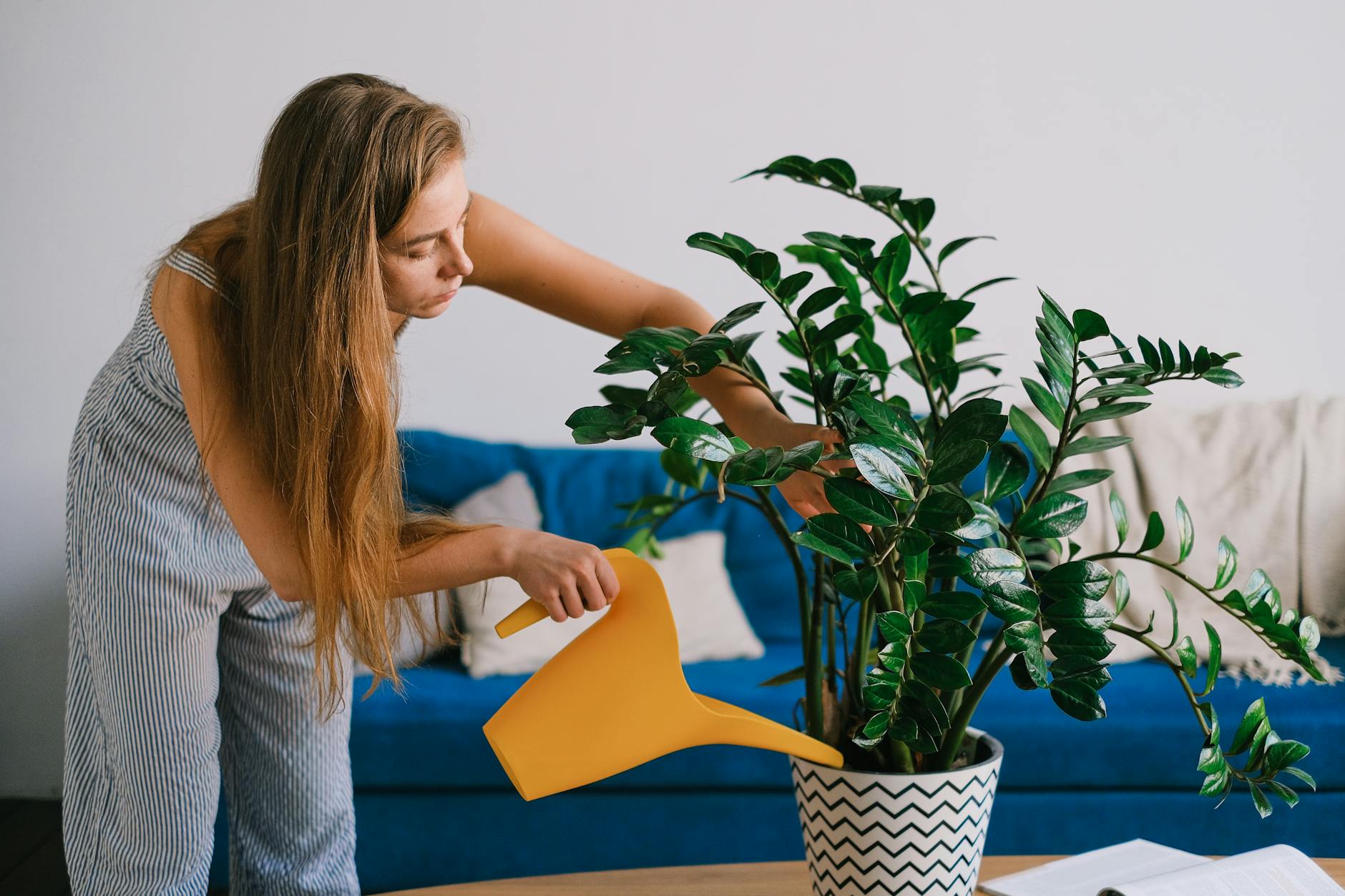Growing cannabis indoors can be a rewarding endeavor, especially when equipped with the right knowledge. Unlike growing outdoors, indoor cannabis cultivation allows you to control all aspects of the plants’ environment. This comprehensive guide will provide you with the basics of indoor cannabis cultivation, from choosing the right cannabis grow lights to harvesting and curing the final product.
Indoor growing starts with a good setup, and that includes choosing the right growing medium. Traditional soil is often used, but a hydroponics system can provide superior control over plant nutrients and water. In a nutshell, hydroponics for cannabis eliminates soil, replacing it with a nutrient-filled water solution that’s channeled directly to the roots. This encourages faster growth rate and robust yields.
Choosing the right grow lights is equally crucial. Cannabis grow lights mimic the sun and stimulate plant growth. However, not all lights are created equal. High-Intensity Discharge (HID) lights are popular for their efficiency, though they do produce a lot of heat. LED lights, on the other hand, run cooler and can be more energy-efficient but can be more expensive at the outset.
You’ll also need a space for your plants, and that’s where cannabis grow tents come in handy. A good tent should be sturdy, easy to assemble, and should include features for managing lights and ventilation. The size of your tent depends on how many plants you’re growing, and how big you expect them to grow.
Nutrition is vital to a healthy crop. Cannabis nutrient supplements help ensure the plants have all the essential elements they need for robust growth. However, it’s a delicate balancing act. Too little nutrients and your plants will starve; too much, they could get nutrient burn. Do your research and learn the needs of your specific strain.
On to the growing stages. In the cannabis flowering stage, your plants will begin to produce buds. This is usually triggered by shifting your grow lights to 12 hours of light and 12 hours of darkness per day. Keep a close eye on your plants during this time as this is the period where they are most susceptible to stress and disease.
Cannabis pruning techniques can be used to maximize yields. Techniques like ‘topping’ (removing the top of the plant to encourage it to grow more bushy) and ‘LST’ (low-stress training, which involves bending and tying plants to control their shape) can greatly increase your yield. Again, do your research and find a method that suits your setup and strain.
You can also use cannabis cloning to propagate your plants. This involves taking a cutting from a ‘mother’ plant, then providing it with the right conditions to grow roots. This can save you time and ensures consistency, as the clone will have the exact same genetics as the mother plant.
Once your plant reaches maturity, it’s time to harvest. Cannabis harvesting tips include waiting until the trichomes (the tiny glands on your buds that produce the plant’s THC) are mostly cloudy with a little amber. This generally means the THC content is at its peak. After harvest, properly drying and curing is essential. A slow, even drying process followed by careful curing in glass jars is often recommended to maintain the best flavor and potency.
Remember, understanding each step of the process is the key to successful indoor cannabis cultivation. Do your research, take your time, and don’t be afraid to experiment. With the right care and attention, your green thumb will flourish, as will your plants.
Sources: hydroponics for cannabis, cannabis grow lights, cannabis grow tents, cannabis nutrient supplements, cannabis pruning techniques, cannabis flowering stage, cannabis cloning, cannabis harvesting tips, cannabis drying and curing.

